Interactive floor plan: Studio Job House, Bergeijk
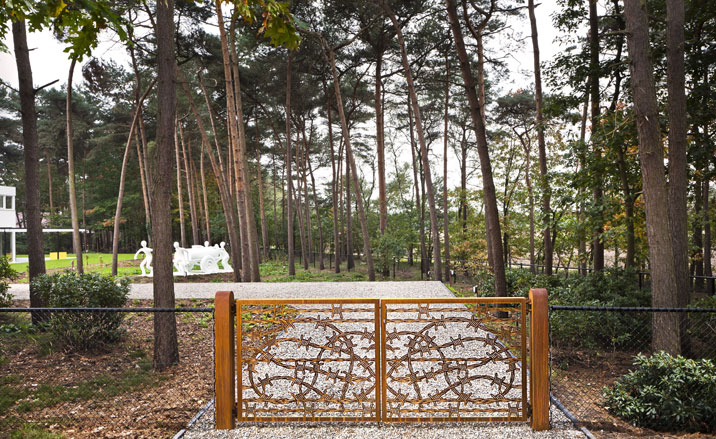
The quiet village of Bergeijk, near Eindhoven, was once a hive of 20th century design activity, home to the Gerrit Rietveld-designed Weverij de Ploeg textile mill - one of the big characters of Dutch industrial modernism - and a slew of other factories and private villas by Rietveld and his peers. The factories are now closed, but Bergeijk still reflects the glory days of Dutch modernism, which two of the country's contemporary design stars - Job Smeets and Nynke Tynagel (aka Studio Job) - have decided to celebrate with a new venture, aptly titled the Studio Job House.
Smeets and Tynagel have bought a four-bedroom Bergeijk villa, designed in 1960 by D L Sterenbergh, a pupil of Rietveld, and turned it into a home-cum-museum filled with furniture icons from the period, as well as reissues, contemporary pieces and some of their own creations. 'It's rare to find a small village like this that is so important to design,' says Smeets. 'When we heard the villa was for sale, we felt it was such a waste not to try to preserve this piece of history.'
Like with their Antwerp gallery, the Studio Job House acts as a framework for their own collections, yet these pieces have a more historical focus. To help fund the project, the duo - who currently have a solo show at the Groninger Museum in Groningen - also called on major producers of the period to supply some of the hardware, furniture and fittings. Van Besouw re-issued a fifties carpet for the house, while Auping delivered the classic Auronde beds designed by Frans de la Haye in 1972. Other items include a Sol LeWitt cabinet (the American spent time in Bergeijk); Mosa tiles designed by Netherlands-based Kho Liang Ie; a specially commissioned light box by graphic designer Wim Crouwel, who Smeets calls the 'last living Dutch modernist'; and new works by Maarten Baas, Atelier Van Lieshout and Piet Hein Eek. Together the pieces chart the progression of Dutch design.
Every last detail has been considered, down to the door knobs and mail box. 'We don't plan to live here but we want to convey a sense of the people that once did, to appeal to people's nosiness,' says Smeets. He has even tracked down the same model of car owned by the previous occupants - a 1972 Ford Taunus GXL Coupé - which now sits in the garage, ready for use.
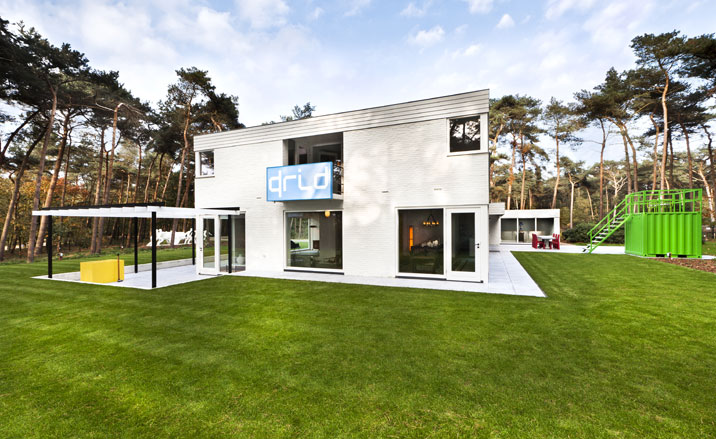
Taking pride of place on the facade of the villa is the specially commissioned 'Grid' by Wim Crouwel, realised by Glaifa, 2011. Meanwhile, dominating the garden is 'Dinner for Two' - a raised green platform by Studio Job, 2011
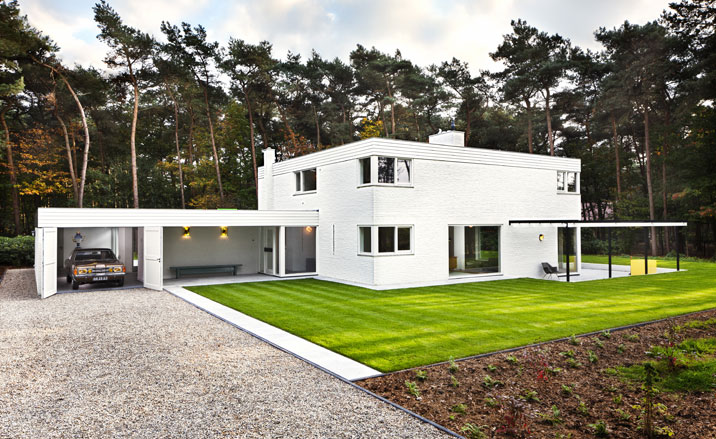
To add authenticity to their restoration of the villa, the designers tracked down the same model of car owned by the previous occupants – a 1972 Ford Taunus GXL Coupé - which now sits in the garage, ready for use
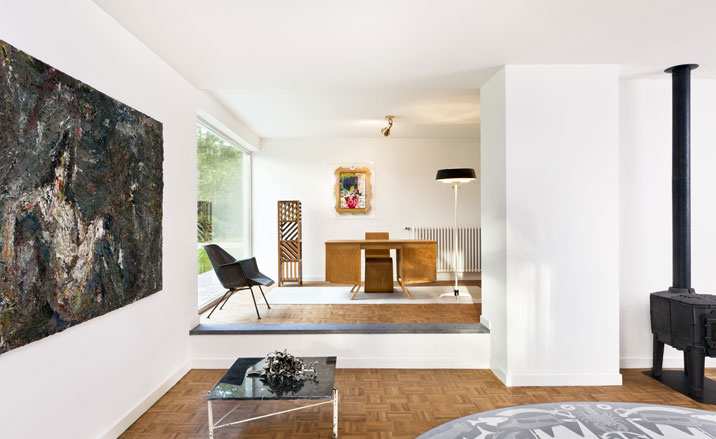
In the main living area: 'Grand nu assis' painting by Eugene Leroy, 1979; 'Sofa 416' by Wim Rietveld for Gispen, 1957; 'High Table' cabinet by Sol LeWitt, 1991; 'Labyrinth' rug by Studio Job for Nodus, 2010; 'Blow Job' artwork by Erik van Lieshout, 2005; Office Desk by Cees Braakman for Pastoe, 1950; Curved Chair by Studio job, 1999; Hiemstra Evolux floor light, 1955; Tile Stove by Dick van Hoff & Tichelaar Makkum, 2009; 'Firmship' carpet (foreground) by Studio Job for Moooi, 2010; coffee table by Benno Premsela & Carel Visser, 1950; 'Silver Collection' (on table) by Viktor & Rolf, 2006
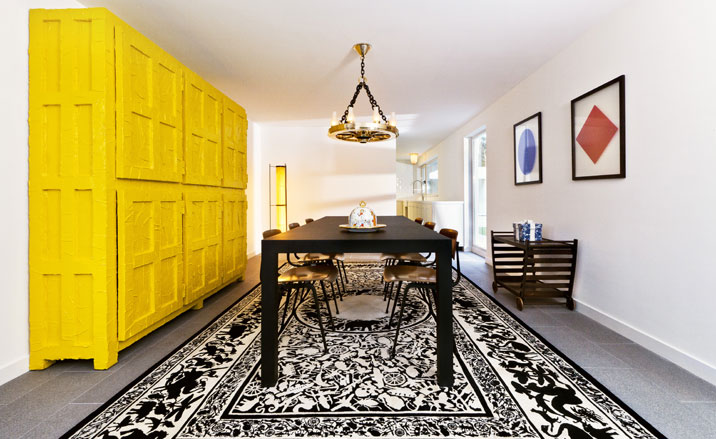
In the dining room: 'The Wild One' cabinet by Studio Job, 2011; 'Lamp ST46' by Kho Liang Ie for Artifort, 1957; 'Concetto Spatiazale' paintings by Lucio Fontana, 1965; trolley by Gerrit Rietveld, 1945; 'Still Life' gift box by Studio Job for Tichelaar Makkum, 2004; 'Cartwheel Lamp' chandelier by Studio Job, 2008; 'Revolt Chairs' by Friso Kramer for Ahrend, 1958; 'Grey Table' by studio Job, 1999; 'Last Supper' cheese dome (on table) by Studio Job & Tichelaar Makkum, 2009; 'Panthéon' rug by Studio Job for Nodus, 2010;
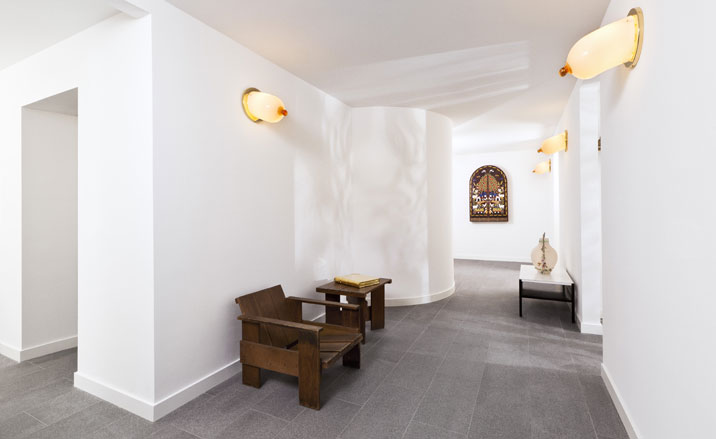
In the hall: 'Krat Meubels' chair and table by Gerrit Rietveld, 1934; 'Tit Lamps' by Studio Job for Venini, 2010; and 'Bavarian Mirror' by Studio Job, 2008
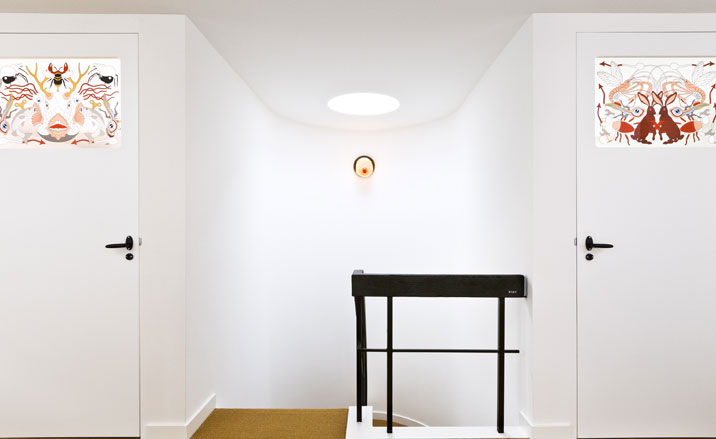
On the first floor: 'Underworld' doors by Studio Job, 2011
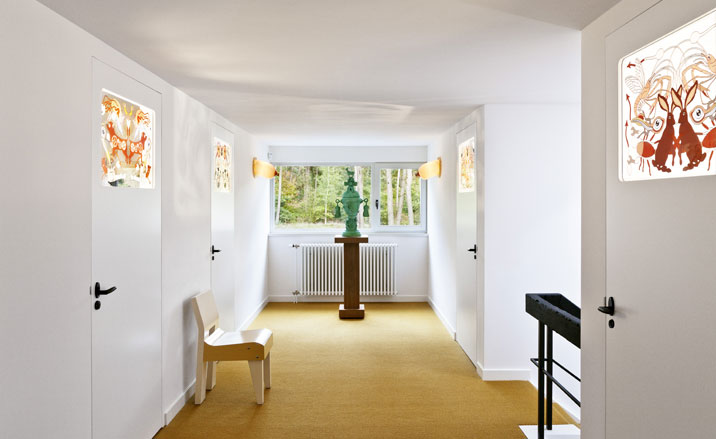
In the corridor: 'Chair SE 20' by Martin Visser for ‘t Spectrum, 1988; 'Delta Laserline Column Radiator' by Radson, 2011; 'Oxidized Centerpiece' by Studio Job, 2003; 'Carpet no.1406' (after no.3801 from '69) by Van Besouw, 2010
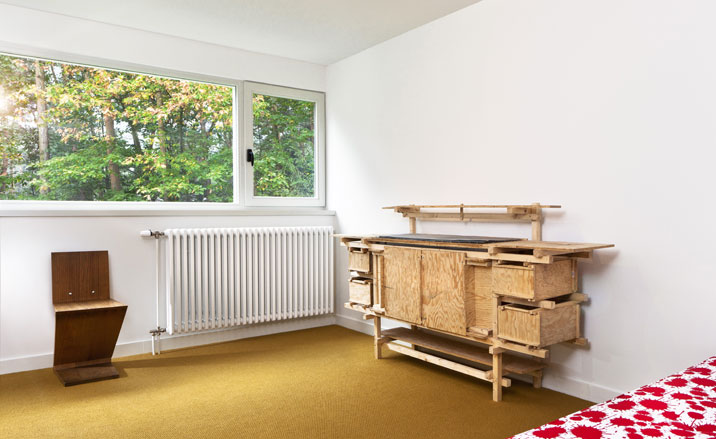
In the first floor single bedroom: 'Zig-Zag' chair by Gerrit Rietveld (by Van de Groenekan), 1934; Buffet by Erik van Lieshout, 2008; and 'Arielle Daybed' by Wim Rietveld for Auping, 1955
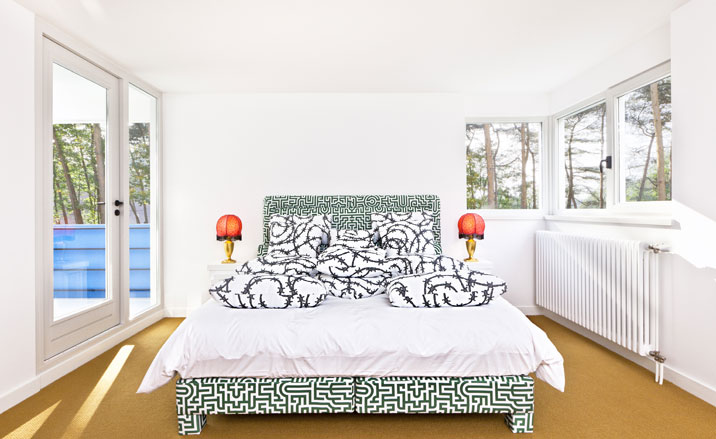
In the master bedroom: 'Labyrinth Bed' by Treca de Paris, 2005; 'Paper Night Tables' by Studio Job, 2007; and table lamps by Studio Job for Swarovski, 2007
Wallpaper* Newsletter
Receive our daily digest of inspiration, escapism and design stories from around the world direct to your inbox.
Malaika Byng is an editor, writer and consultant covering everything from architecture, design and ecology to art and craft. She was online editor for Wallpaper* magazine for three years and more recently editor of Crafts magazine, until she decided to go freelance in 2022. Based in London, she now writes for the Financial Times, Metropolis, Kinfolk and The Plant, among others.
-
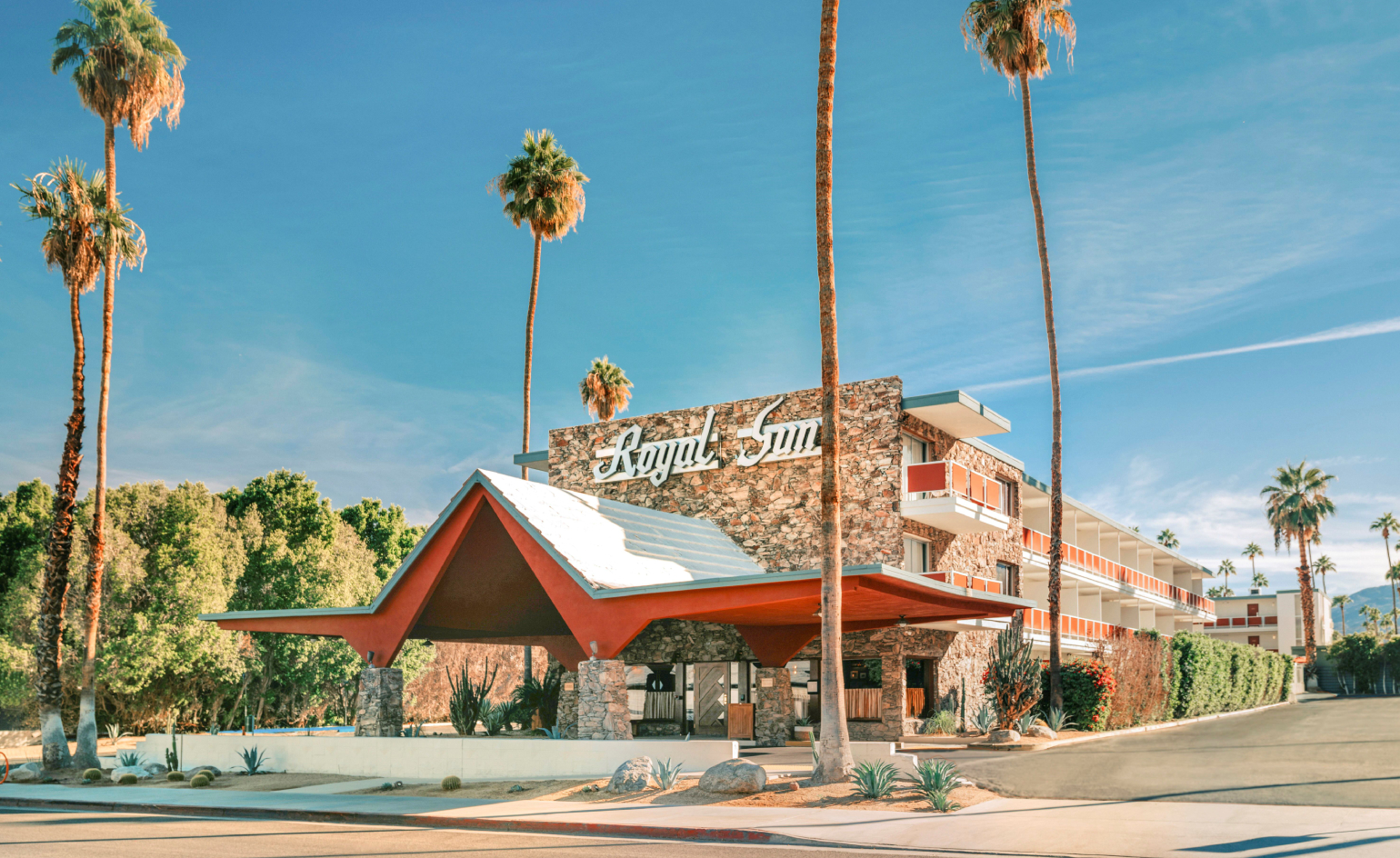 Seven things not to miss on your sunny escape to Palm Springs
Seven things not to miss on your sunny escape to Palm SpringsIt’s a prime time for Angelenos, and others, to head out to Palm Springs; here’s where to have fun on your getaway
By Carole Dixon
-
 Microsoft vs Google: where is the battle for the ultimate AI assistant taking us?
Microsoft vs Google: where is the battle for the ultimate AI assistant taking us?Tech editor Jonathan Bell reflects on Microsoft’s Copilot, Google’s Gemini, plus the state of the art in SEO, wayward algorithms, video generation and the never-ending quest for the definition of ‘good content’
By Jonathan Bell
-
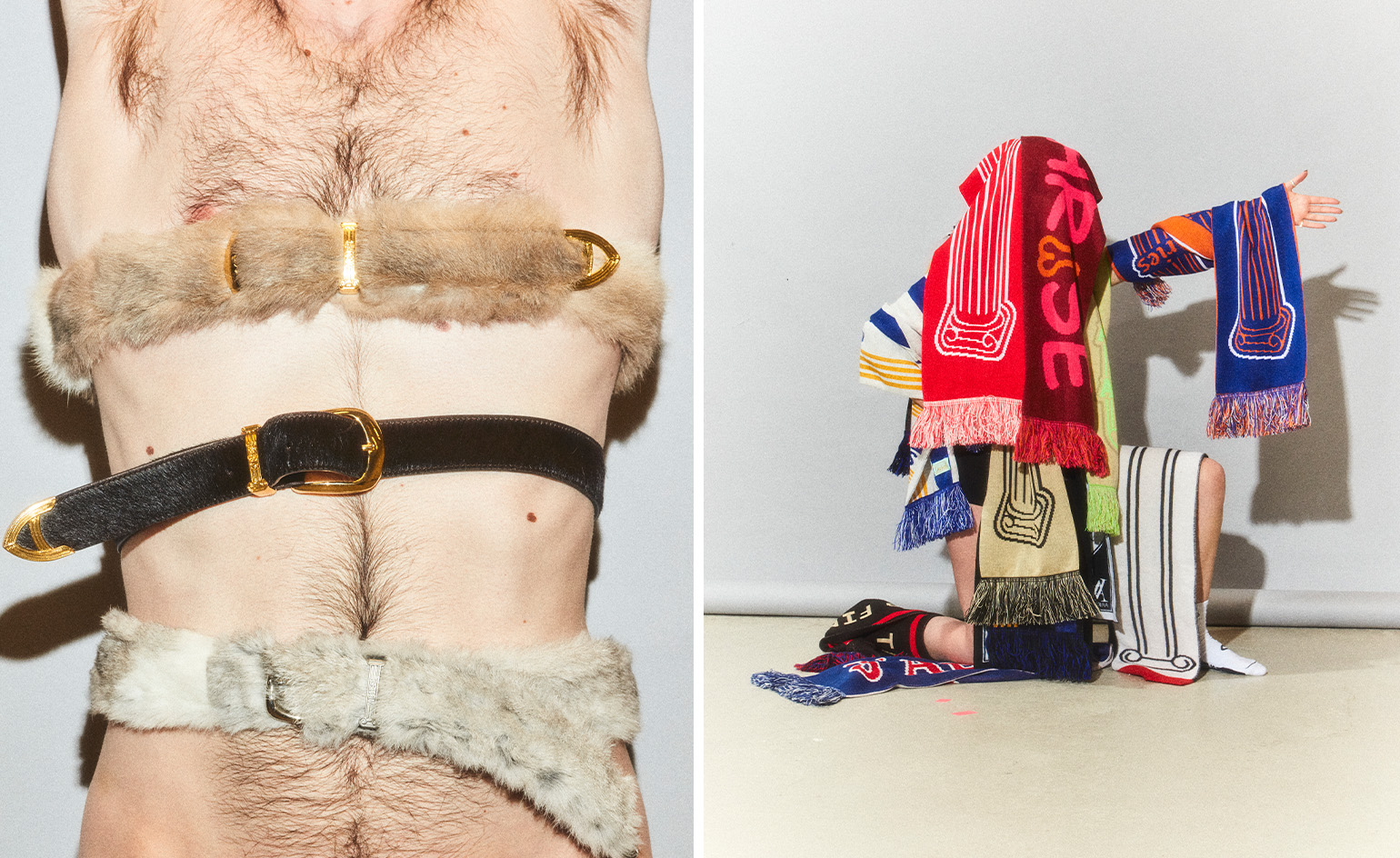 ‘Independence, community, legacy’: inside a new book documenting the history of cult British streetwear label Aries
‘Independence, community, legacy’: inside a new book documenting the history of cult British streetwear label AriesRizzoli’s ‘Aries Arise Archive’ documents the last ten years of the ‘independent, rebellious’ London-based label. Founder Sofia Prantera tells Wallpaper* the story behind the project
By Jack Moss